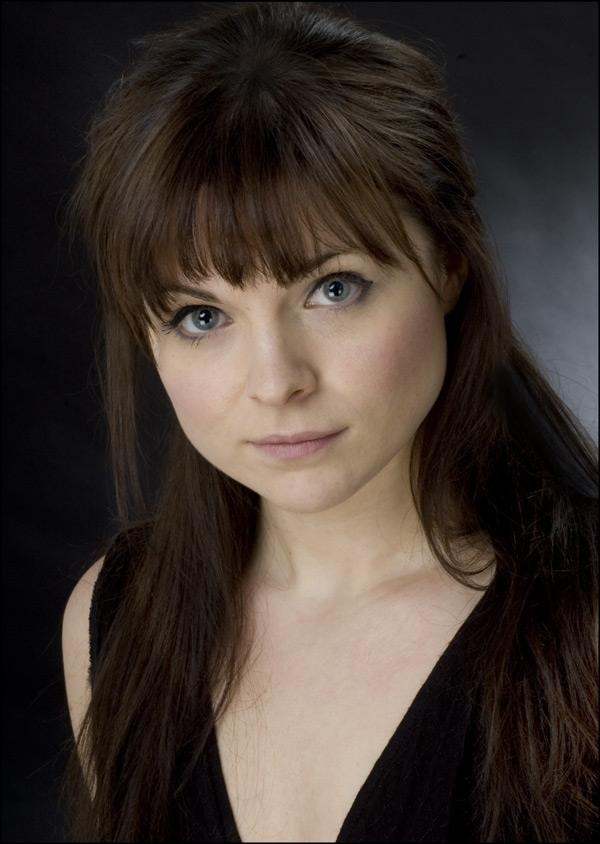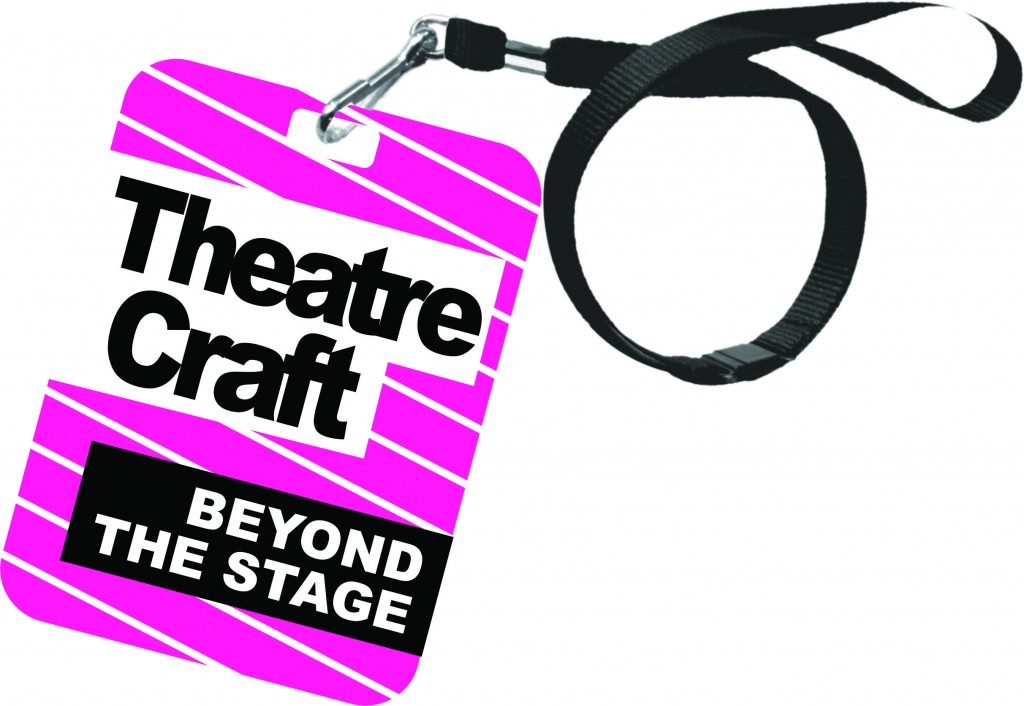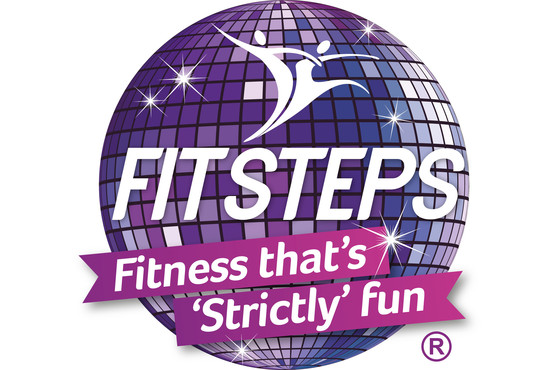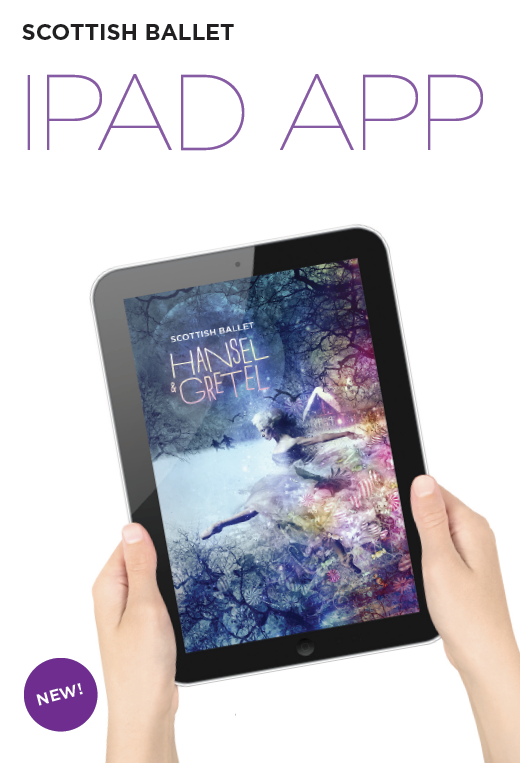 Gemma Sutton is a magical leading lady. With her feet firmly on the ground Gemma has played a number of coveted musical theatre roles, her most current being Roxie in Chicago at Leicester’s Curve Theatre. Gemma trained for three years on the Musical Theatre course at ArtsEd, having previously engaged with a number of Amateur Dramatic performances. She hasn’t stopped since, and here offers a snippet of her life, both onstage and off.
Gemma Sutton is a magical leading lady. With her feet firmly on the ground Gemma has played a number of coveted musical theatre roles, her most current being Roxie in Chicago at Leicester’s Curve Theatre. Gemma trained for three years on the Musical Theatre course at ArtsEd, having previously engaged with a number of Amateur Dramatic performances. She hasn’t stopped since, and here offers a snippet of her life, both onstage and off.
When, where and why did you begin dancing?
I began dancing at my local dance school in Macclesfield when I was 8, encouraged by the girls I was doing pantomime with in our local Amateur Dramatics Society. My first teacher soon retired, and the teacher who took over from her taught me until I was 18 and became a very close friend over the years as I began teaching for her in the few years before I went to Drama school.
What were your early years of training like?
I remember my Mum being a constant taxi service, taking me to dancing classes 4 times a week, along with singing lessons, piano lessons, and three different Am Dram societies. I don’t know when I had chance to eat, never mind do my homework! I took dance exams in Modern, Tap and Ballet, with IDTA. I used to love going to the IDTA conferences and learning from the great guest teachers they had there.
How long have you been performing? Did you start young?
The first show I was ever in was The King and I at the local Am Dram Society after my Mum answered an advert in the local paper saying they were looking for children to audition. From that day on I was hooked. I also used to sing in local nursing homes and concerts with my Dad accompanying me as he is an excellent pianist. Over the years I was in shows such as Crazy For You, Me and My Girl, Godspell, Sweet Charity, West Side Story, Barnum, Kiss Me Kate… it gave me such good experience and stood me in good stead for when I went off to Drama School at 18.
Where did you train and what was a typical day like like?
I trained at ArtsEd in Chiswick, London, on the three year Musical Theatre degree course. It was very intense and I couldn’t have wished for better training. We’d start at 8.30am and finish at 6pm Monday to Friday and each day had a variety of lessons, usually starting with a one and a half hour ballet or jazz class, sometimes one after the other (!) and then lessons such as acting, improvisation, physical theatre, ensemble singing, solo singing lessons, street jazz, pilates, history of musical theatre, alexander technique… I remember being so tired I’d be in bed by 9pm each night. I learnt such a lot there and worked with amazing industry professionals, many of whom I’ve worked with since graduating into the profession.
What is a typical day like now?
My routine changes all the time depending on if I’m in a show or not. When I’m working, like I am now in the musical Chicago at the Leicester Curve Theatre, I tend to get as much sleep as I can, then get out and about in the day (at the moment to do my Christmas shopping), I may go for a run if I’m feeling particularly virtuous. We have to be in at 6pm on a ‘one show’ day, and 12pm on a matinee day. We would then have a physical and vocal warm up, get notes from the dance captain and resident director to keep the show on top form, get wigs, microphones, costume and make up on and then do the show. It’s hard to go to sleep soon after the show as my adrenaline takes a while to settle down after the excitement of the evening’s performance! If I’m not in a show, my day may consist of preparing and going to auditions, going to singing lessons, and doing part time work to keep the pennies coming in. I’ve done loads of different things from bar work to office temping. There are so many talented people in the industry, we all have times out of work, but you just have to keep going and never give up.
Do you still take classes? How do you keep on top of our technique?
When I’m working I find that doing the show each night and being very focused in the vocal and physical warm up helps to keep my technique sharp. I’m really enjoying our Chicago warm up; we do a lot of yoga and ballet exercises which makes a nice change from the usual star jumps and press ups that warm ups often consist of! When I’m not working I go to regular singing lessons and do a lot of running, strength training and yoga. Keeping fit is so important in this industry as you never know what you’re going to be asked to do in a dance audition and you need to be on top form all the time.
What’s the best part of performing?
Having been on the tour of Hairspray for the majority of this year, I’ve been lucky enough to experience the most wonderful reaction from the audience in the finale number You Can’t Stop the Beat, night after night. It is so lovely to see the audience up on their feet, dancing away. It’s great to know you’ve made people happy and hopefully taken them away from the stresses of normal life for a few hours!
Which part of Chicago do you enjoy most?
That’s a tricky one! It’s such a well written show and all the numbers are great and so varied. I sing a number called Roxie in the first act where my character starts to realise that she’s going to be able to be the celebrity she’s always dreamt of being after working for years as a chorus girl in a dodgy nightclub. I’m joined on stage by male ensemble and it’s very exciting to be surrounded by these amazing dancers, all doing Drew McOnie’s amazing choreography, with a massive neon Roxie sign as the backdrop.
What are rehearsals like?
Intense! We only had three weeks to rehearse Chicago so we worked long hours and were totally consumed by it all day, every day. We usually start with a vocal and physical warm up at 10am and the day would be split between scene work, choreography and working through the music. This show has been particularly interesting as we have new choreography, not the Bob Fosse staging that all big productions of Chicago over the years have used. The choreographer also wanted us to create it with him, so it has been very fulfilling putting the show together. As we came closer to opening we would do runs of the show in the rehearsal room with lots of notes after and then a week of technical rehearsals in the theatre, adding the set, costumes, lighting, sound and orchestra.
What advice would you give to someone aspiring to be part of the musical theatre world?
If you really want to succeed, never give up. It is such a tough industry and once you realise that and come to terms with the fact that you won’t be working constantly (92% of performers are out of work at any one time – it’s a very scary statistic!), all you can do is keep going and don’t give up hope. Get a part time job that you get fulfilment from or you’ll just get depressed and that can grind you down after a while. Keep going to see lots of shows and performances, watch great films and listen to great music to keep being inspired so you are reminded of why you wanted to choose this career in the first place. Choose carefully which drama school or course you are going to audition for as they are all different, do your research and keep working hard in your classes!
 Eagerly awaited on this year’s I’m a Celebrity, Get Me Out of Here was The Carlton Dance, made famous by American actor Alfonso Ribeiro during the hit TV show The Fresh Prince of Bel-Air. With the IACGMOOH series now over for 2013, it is clear that the contestants bonded from the off and worked together throughout.
Eagerly awaited on this year’s I’m a Celebrity, Get Me Out of Here was The Carlton Dance, made famous by American actor Alfonso Ribeiro during the hit TV show The Fresh Prince of Bel-Air. With the IACGMOOH series now over for 2013, it is clear that the contestants bonded from the off and worked together throughout.
 Sam Mendes’ Neal Street Productions has revealed its next musical theatre projects will be completely original shows that are not based on existing source material.
Sam Mendes’ Neal Street Productions has revealed its next musical theatre projects will be completely original shows that are not based on existing source material. Gemma Sutton is a magical leading lady. With her feet firmly on the ground Gemma has played a number of coveted musical theatre roles, her most current being Roxie in Chicago at Leicester’s Curve Theatre. Gemma trained for three years on the Musical Theatre course at ArtsEd, having previously engaged with a number of Amateur Dramatic performances. She hasn’t stopped since, and here offers a snippet of her life, both onstage and off.
Gemma Sutton is a magical leading lady. With her feet firmly on the ground Gemma has played a number of coveted musical theatre roles, her most current being Roxie in Chicago at Leicester’s Curve Theatre. Gemma trained for three years on the Musical Theatre course at ArtsEd, having previously engaged with a number of Amateur Dramatic performances. She hasn’t stopped since, and here offers a snippet of her life, both onstage and off. Britain’s national contemporary dance company Rambert has taken up residence in its new home on London’s South Bank, which includes dance studios, treatment and body conditioning rooms, workshops, offices and an archive. The location has been made available to Rambert by Coin Street Community Builders in return for a commitment to provide a significant community dance programme in the local area, and for a rent of one pair of ballet shoes a year. The facility will nurture, develop and realise the creative visions of the best of today and tomorrow’s choreographers and dancers; the ambition is that the landmark dances for the next 100 years will be created in the building, therefore giving dance a permanent home on the South Bank
Britain’s national contemporary dance company Rambert has taken up residence in its new home on London’s South Bank, which includes dance studios, treatment and body conditioning rooms, workshops, offices and an archive. The location has been made available to Rambert by Coin Street Community Builders in return for a commitment to provide a significant community dance programme in the local area, and for a rent of one pair of ballet shoes a year. The facility will nurture, develop and realise the creative visions of the best of today and tomorrow’s choreographers and dancers; the ambition is that the landmark dances for the next 100 years will be created in the building, therefore giving dance a permanent home on the South Bank Future theatre-makers came together at the Royal Opera House earlier in November as part of the huge theatrical careers fair TheatreCraft. Over 1,000 passionate 16 to 25 year olds attended the free event to learn more about theatrical careers beyond the stage in a rich experience from those who have already worked in these areas. Some even boarded buses in Leeds at 3am in order to attend the event!
Future theatre-makers came together at the Royal Opera House earlier in November as part of the huge theatrical careers fair TheatreCraft. Over 1,000 passionate 16 to 25 year olds attended the free event to learn more about theatrical careers beyond the stage in a rich experience from those who have already worked in these areas. Some even boarded buses in Leeds at 3am in order to attend the event! A Bristol fitness instructor and diet adviser Sarah Buscemi has added a new Strictly-themed exercise regime to her usual repertoire to enable clients to dance their way to fitness with a new Strictly-themed workout programme. Sarah has joined other Rosemary Conley consultants around the country to train in FitSteps, which was launched earlier this year by Strictly stars Natalie Lowe and Ian Waite.
A Bristol fitness instructor and diet adviser Sarah Buscemi has added a new Strictly-themed exercise regime to her usual repertoire to enable clients to dance their way to fitness with a new Strictly-themed workout programme. Sarah has joined other Rosemary Conley consultants around the country to train in FitSteps, which was launched earlier this year by Strictly stars Natalie Lowe and Ian Waite. A relatively late starter, Dane Quixall began dancing aged 16. He went on to gain a Full Scholarship at the Urdang Academy aged 18, and upon graduating, joined an International Touring Company. With a stellar success story such as Dane’s, with credits such as CATS the musical, it is any wonder that he is a true professional and works incredibly hard.
A relatively late starter, Dane Quixall began dancing aged 16. He went on to gain a Full Scholarship at the Urdang Academy aged 18, and upon graduating, joined an International Touring Company. With a stellar success story such as Dane’s, with credits such as CATS the musical, it is any wonder that he is a true professional and works incredibly hard. The WhatsOnStage Awards are the only major theatre awards in which the audience are the judges. By voting the audience decide on the winners of my different theatrical categories.
The WhatsOnStage Awards are the only major theatre awards in which the audience are the judges. By voting the audience decide on the winners of my different theatrical categories. Scottish Ballet has recently launched an app for iPad, free to download for users and full of secrets from behind the scenes of Scotland’s company. The app can be downloaded by browsing for Scottish Ballet in the App Store and tapping FREE followed by INSTALL APP. Once installed, your new app will be sitting on your Newsstand shelf waiting to be read!
Scottish Ballet has recently launched an app for iPad, free to download for users and full of secrets from behind the scenes of Scotland’s company. The app can be downloaded by browsing for Scottish Ballet in the App Store and tapping FREE followed by INSTALL APP. Once installed, your new app will be sitting on your Newsstand shelf waiting to be read!